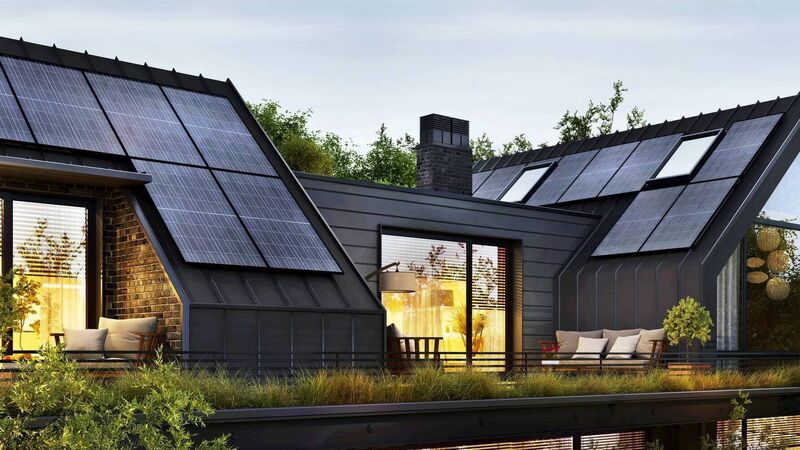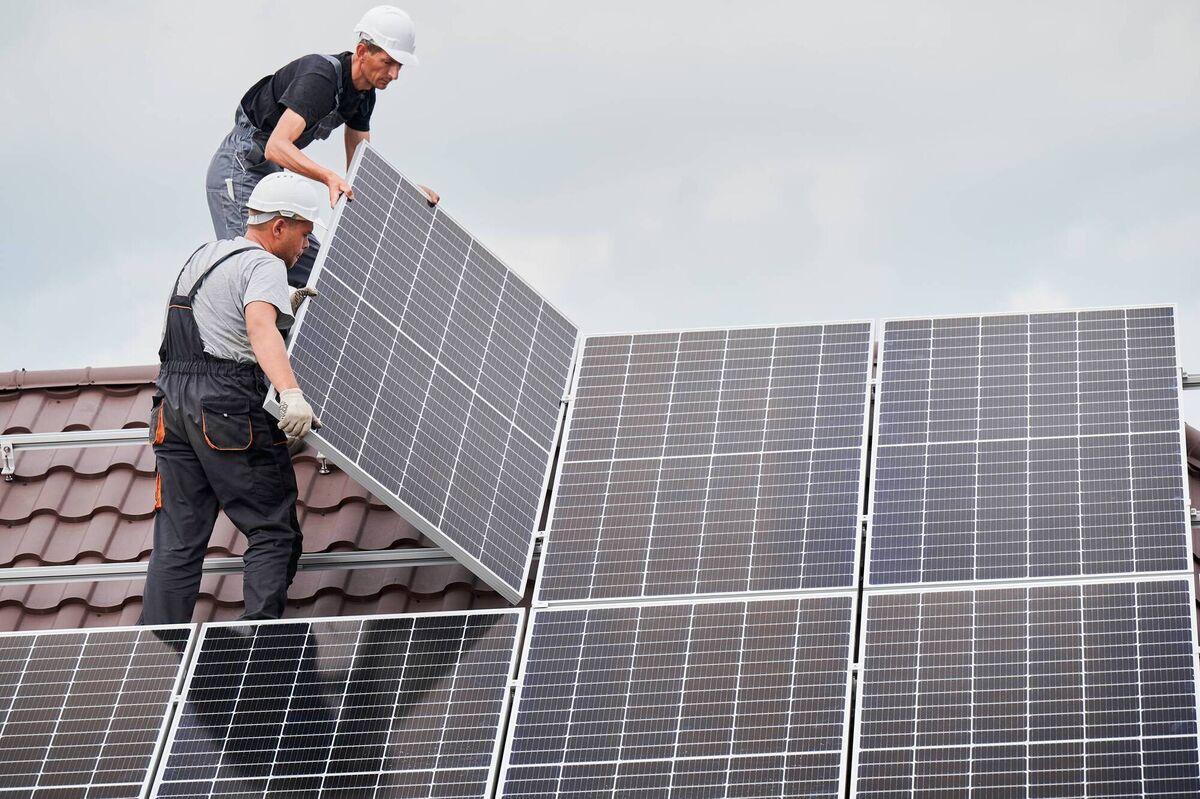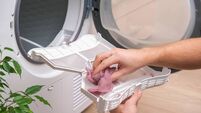How to get that grant when retrofitting your home

Whether you're putting in heat controls or placing solar-PV panels on the roof, there’s no means test involved in applying for SEAI grant aid unless you are applying for the Warmer Homes Scheme, aimed at homeowners on certain social welfare benefits. File pictures
Government energy retrofit grants managed through the Sustainable Energy Authority of Ireland (SEAI) are intended to make our journey towards a more energy-efficient home just a bit less financially onerous. Valued between €700 for help towards heating controls up to €8,000 for external insulation, if you (rather than your project manager) are handling these grant applications they come under the banner of individual grant aid.
These awards are made retroactively on completion and commissioning of your works, so you will have to fund the job with your own savings or through something like the recently introduced low-interest IBEC green loan scheme available through many lenders and starting at €5,000.
Understanding which SEAI grant group you are applying for is an important distinction, as grants under the one-stop-shop mechanism include individual grant amounts, but also offer further figures towards window, floor insulation and more. The system for application for individual grant aid is extremely straightforward, but there are a few things to watch out for to ensure your grant is not snagged — or even denied — frustrating your retrofit adventure.
Research the grant you are interested in, and ensure your home is appropriate to the grant type and is eligible. The qualifying details will be obvious. For instane, the year of the build. There are various ways to find out when your house was first occupied, and the ESB meter connected. Your deeds will show the year, your property will be on the land registry, and any valid BER certificate will also show the year of build. Your MPRN number will reveal any past grants awarded to the property – that is what matters, not whether you applied for grants for a different home. It’s not about you.
Don’t start work or buy any materials before you apply for and have a “letter of offer”, using an individual or firm on the SEAI Register. Ensure you or your energy partner accept the offer and go over the details. The dates supplied on receipts and invoices included by the firm doing the work and included in the completion paperwork sent to the SEAI must show that you had the retrofit carried out after your grant was approved, not before. Generally, if you do the work yourself or apply for the grant retrospectively, you will not qualify.

The application online or via post, is very straightforward (it’s the follow-up when you have completed it that’s more intense. You just need your MPRN number from your electricity bill, an email address, the year of your home’s build, and the name and ID number of your SEAI registered contractor. They will also want to know the dwelling type, and some grants (for example insulation grants) are ramped according to the size and kind of building you’re in. When you get your letter of offer (this can be in minutes online) check the T&Cs carefully.
Ensure you carry out the work within the time given for the grant. If that’s nine months, that’s nine months to the day. If you don’t do the job, the grant has effectively lapsed. It’s up to you to check that your energy partner has you calendared in for the work to meet the valid SEAI grant period. Reapply if you feel you are going to run out of time as there are no extensions for SEAI grants if you over-run. If you complete the work but send in the forms later than laid down, your grant will more than likely be cancelled.
The heat pump grant has an extra step before your grant is approved. This is termed a Technical Assessment, and it is there to ensure your home is heat pump-ready, protecting you from a disappointing result. It is relatively expensive (in the area of €700), but there is €200 awarded towards the assessment if your grant is approved. If your home was built after 2007, the SEAI may accept a Self-Declaration Form as part of the application process instead.
Ensure you supply and fill in all necessary forms when you apply for your cash at the end of the project. If it’s shy of one piece of paper, the whole bundle will boomerang back to you by post. Every application has a primer on what needs to be included with the paperwork for the SEAI on completion and/or commissioning of your improvement. It might seem an exhausting laundry list in the case of something like a heat pump, but there’s no getting around it. Firms and individuals on the SEAI register will be well used to handling these forms and should be able to help you with their end of the process.

If you’re lucky, SEAI-registered contractors can offer the homeowner the cost of works net of the grant amount. In this case, you nominate the contractor’s preferred bank account with bank details on the SEAI Request for Payment form. If you change contractors during the project, ensure you flag this when you send in your forms. Again, they must be SEAI registered. There’s no means test involved in applying for SEAI grant aid unless you are applying for the Warmer Homes Scheme, aimed at homeowners on certain social welfare benefits.

When you have completed the work, you can then send in the paperwork required and within four-to-six weeks your payment will drop back into your bank account. Possible delays can include the obligatory BER, and audits can and do happen, again potentially stalling your payment for a week or two. Applicants who receive grant payments in excess of €10,000 in a calendar year will be required to furnish the SEAI with a tax clearance certificate to satisfy Department of Finance requirements. It’s nothing to worry about, it’s just a confirmation from Revenue that your tax affairs are in order. “Revenue may issue a Tax Clearance Certificate to a customer who has tax arrears where the arrears are covered by an instalment arrangement.”
See revenue.ie.













